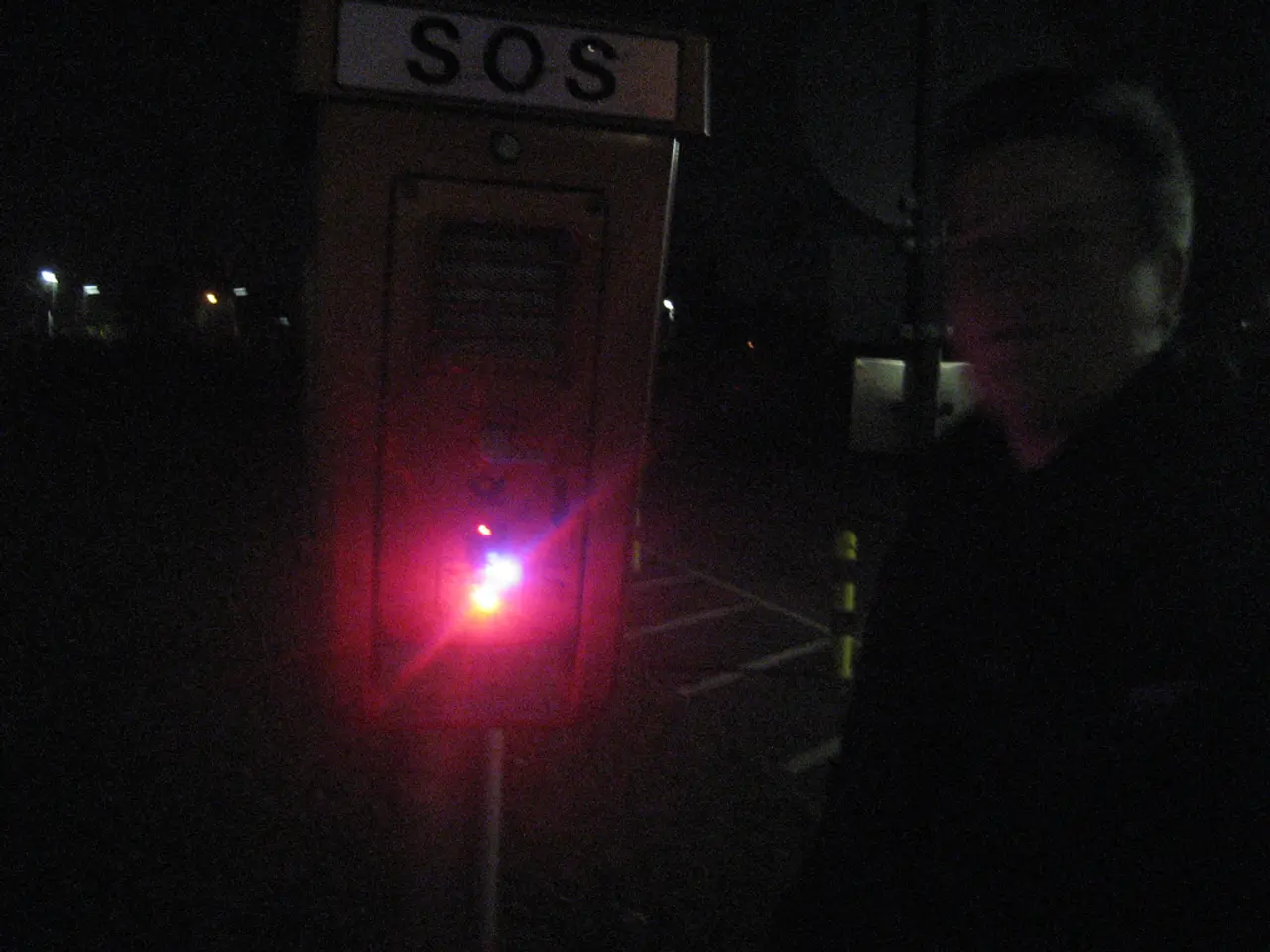Investigating Extensive SOAR Cyber Security: Detailed Examination
In the rapidly evolving landscape of cybersecurity, the focus is shifting towards advanced technologies that can help organizations stay one step ahead of potential threats. One such technology is SOAR (Security Orchestration, Automation, and Response), a combination of technologies that collect security threat data from various sources and execute incident response actions.
The future of SOAR is marked by intelligent automation driven by AI, cloud-centric deployment models, enhanced integrations across tools and platforms, and support for emerging security frameworks like zero trust. These advancements collectively aim to reduce response times, improve detection accuracy, and empower security teams to address increasingly sophisticated cyber threats more effectively.
One of the key areas of development is the increased integration of AI and machine learning. SOAR platforms are evolving to leverage advanced AI and machine learning for predictive threat hunting and proactive incident management. This enables faster, more accurate detection and remediation of threats, significantly improving security operations centers' (SOC) efficiency. For example, AI-driven SOAR can automate incident response actions such as isolating compromised devices or applying patches automatically.
Another exciting development is the emergence of autonomous AI assistants that can conduct investigations and accelerate threat response with minimal human intervention. This reduces manual workload and speeds up response times in handling complex cyber attacks.
SOAR platforms are also increasingly deployed in cloud and hybrid environments to address the distributed nature of modern IT infrastructure. Cloud-native SOAR supports scalability and remote workforce security, with faster incident resolution times demonstrated by leading vendors.
In line with the zero-trust security model, SOAR solutions are expected to harmonize with zero-trust architectures, facilitating granular access control and continuous verification across diverse environments.
Emphasis on seamless API integrations allows SOAR platforms to unify numerous cybersecurity tools—like EDR (Endpoint Detection and Response), SIEM, and threat intelligence feeds—into cohesive ecosystems, improving operational efficiency and enabling comprehensive incident context.
Automation of routine SOC workflows—such as phishing alert response, triage of SIEM/EDR alerts, and policy enforcement—continues to be a primary focus. This accelerates mean time to resolution (MTTR) and frees analysts for strategic work.
SOAR platforms are also incorporating User and Entity Behavior Analytics (UEBA), powered by AI, to detect anomalies and insider threats by analyzing deviations from typical behavior patterns.
As regulations like CCPA and PSD2 tighten, SOAR solutions are increasingly equipped to help organizations maintain compliance by automating security controls and reporting.
Efficient incident management is key for SOAR integration, including everything from detecting, categorizing, and recording incidents to the escalation, response, and post-incident analysis. An effective SOAR solution should offer intuitive and interactive dashboards for clear visualization of data, enabling quicker decision-making.
Scalability and customization are critical aspects in the progress of SOAR. The future expected to offer more flexible and customizable features to meet varied company-specific requirements. Security Orchestration in SOAR streamlines the workflows and processes of different security technologies, ensuring a cohesive and efficient response to cyber threats.
In conclusion, the future of SOAR cybersecurity is promising, with advancements expected to make it a powerful tool in the fight against cyber threats. By leveraging AI, cloud technologies, and seamless integrations, SOAR is set to become an essential component of any robust cybersecurity strategy.
Vulnerability management, data-and-cloud-computing, and cybersecurity will be improved by the integration of AI and machine learning in SOAR platforms, enabling predictive threat hunting and proactive incident management.
In the zero-trust security model, SOAR solutions are expected to harmonize, facilitating granular access control and continuous verification across diverse environments.
Threat response can be accelerated with the emergence of autonomous AI assistants, reducing human intervention and speeding up response times in handling complex cyber attacks.
SOAR platforms are being deployed in cloud and hybrid environments to address the distributed nature of modern IT infrastructure, supporting scalability and remote workforce security, with faster incident resolution times demonstrated by leading vendors.




